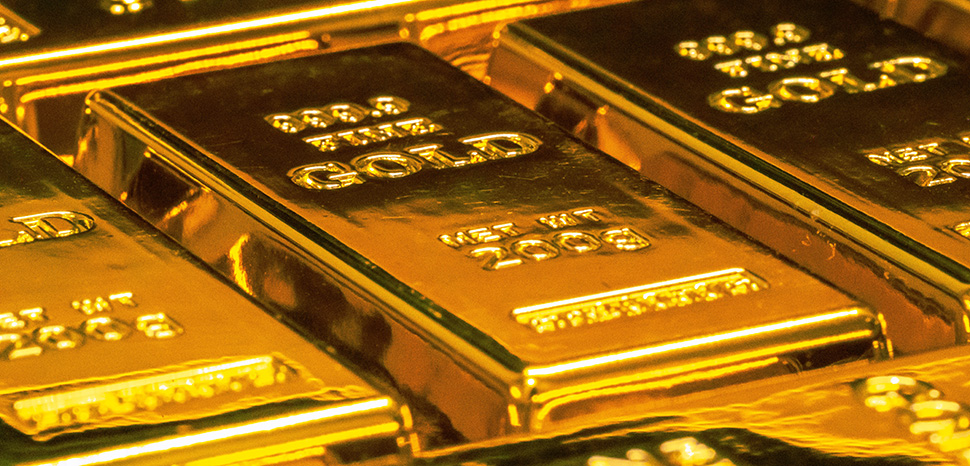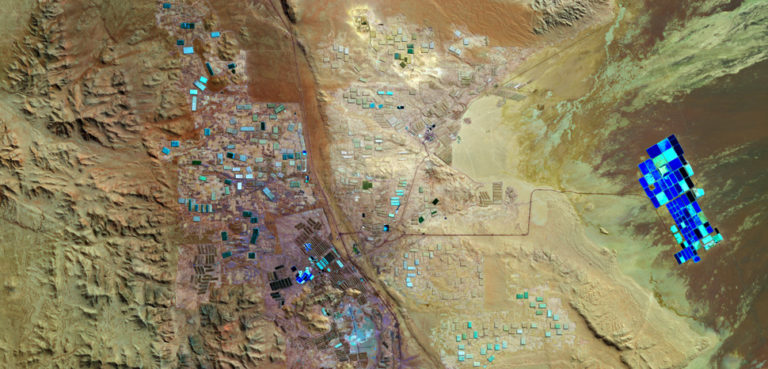In defiance of industry predictions, demand for gold in 2023 has persisted, due in large part to the bulk purchases made by central banks worldwide. Data from the World Gold Council indicates that central banks have bolstered their gold reserves significantly, with WGC analyst Krishan Gopaul adding that year-to-date purchases in 2023 exemplify “the strongest start to a year back to at least 2010 – when central banks became net buyers on an annual basis.” Furthermore, gold prices have rebounded significantly since November 2022, with current prices hovering around $2,000/oz, not far from the record high price notched back in August 2020.
Underlying this demand for gold is a confluence of domestic and geopolitical factors. This article will examine the key motives that have influenced central banks’ decision-making, aiming to shed light on the persistence in gold’s appeal to central banks.




